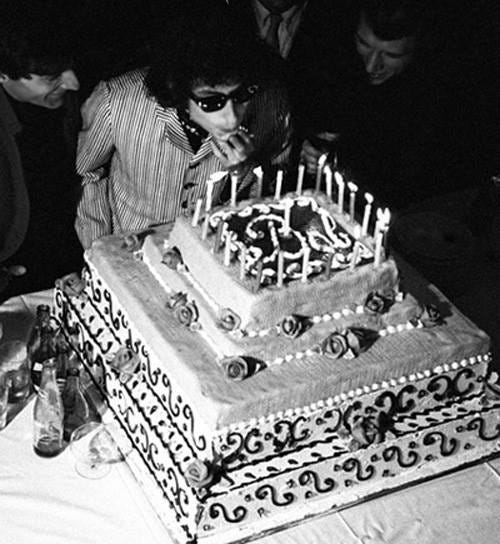"I wanna get out of here as fast as you wanna get out of here"
1966-05-24, Olympia, Paris, France
Flagging Down the Double E’s is an email newsletter exploring Dylan shows of yesteryear. If you’ve found this article online or someone forwarded you the email, subscribe here to get a new entry delivered to your inbox every week:

Bob Dylan does not like playing on his birthday.
I base that conclusion on the fact that he's only ever played three shows on May 24. Compare that to last week's newsletter, May 17, where I had eight shows to choose from. He hasn't played a birthday show in over a decade. As best I can tell, he's only acknowledged the occasion onstage once, ending a 2000 show in Germany with "Thank you! I will remember this birthday for a while."
The first of those three birthday shows turned out to be a historic one. It’s probably the second-most-famous show on his first-most-famous tour. Unlike the better-known “Judas” concert, though, this show is more remembered for the visuals than the music. And from the tape, it sounds like it made for a pretty terrible 25th birthday.
Keep reading with a 7-day free trial
Subscribe to Flagging Down the Double E's to keep reading this post and get 7 days of free access to the full post archives.
